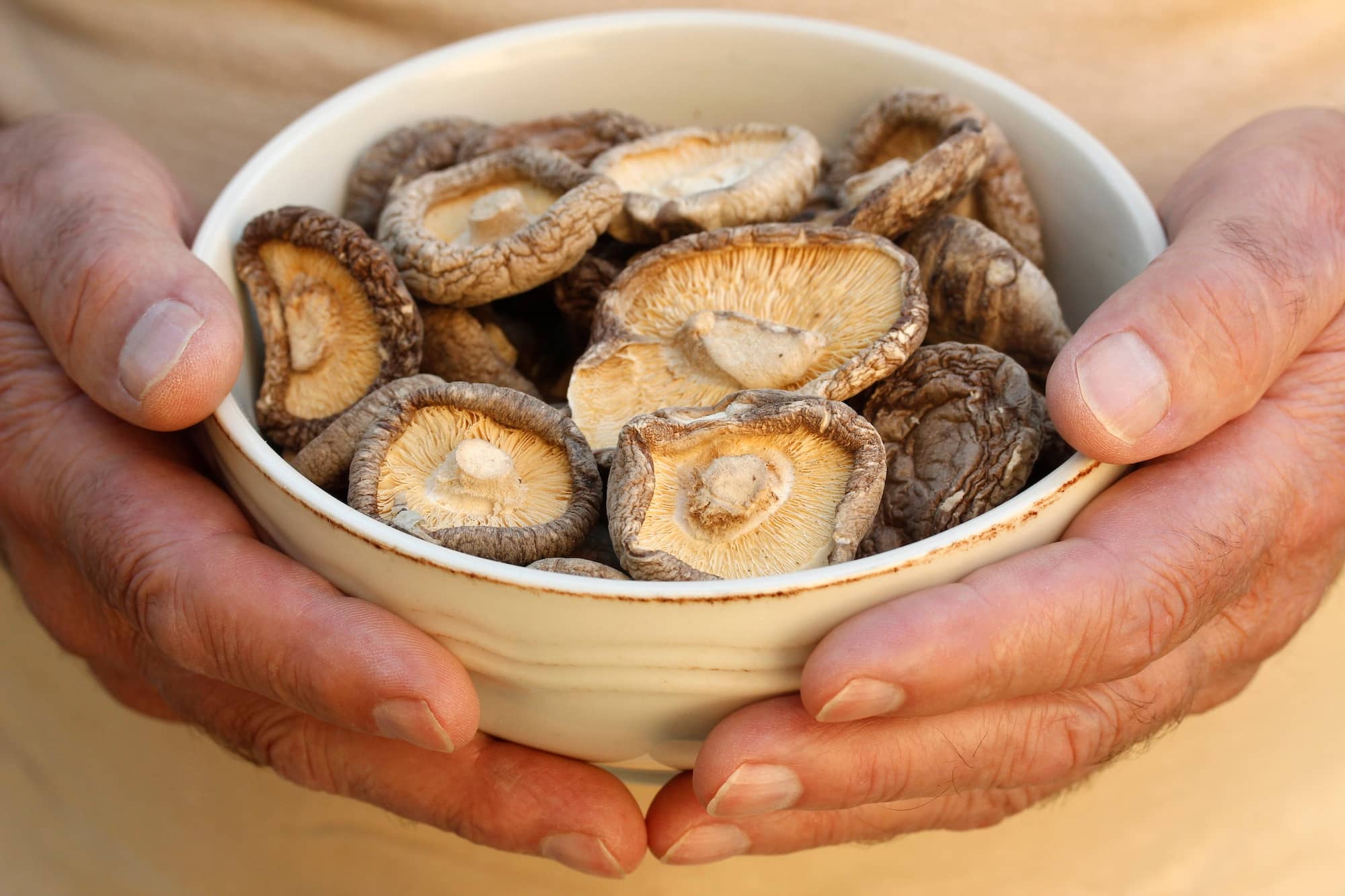
Preserve and Enhance: Mastering the Art of Salting Mushrooms for Year-Round Flavor
Mushrooms, those delightful, versatile fungi, bring umami and texture to our plates. But what happens when you find yourself with more mushrooms than you can consume? Instead of letting them go to waste, consider preserving them through salting—a traditional technique that not only extends their shelf life but also enhances their flavor.
The Magic of Salting
Salting is an ancient method of preservation that has been used for centuries to extend the edibility of foods. For mushrooms, salting not only preserves them for months but also intensifies their natural flavors, making them an excellent addition to your culinary arsenal.
Why Salt Mushrooms?
- Longevity: Salting reduces the moisture content in mushrooms, inhibiting the growth of microorganisms that cause spoilage.
- Flavor Enhancement: As mushrooms lose moisture, their flavors become more concentrated, and the added salt brings out their earthy notes.
- Year-Round Availability: With salting, you can enjoy seasonal mushrooms like morels or chanterelles throughout the year.
- Economic: Reducing food waste saves money and allows you to make the most of your mushroom foraging or purchases.
Choosing the Right Mushrooms
Not all mushrooms are ideal for salting. Firm, low-moisture varieties such as porcini, shiitake, and button mushrooms work best. These types hold up well to the dehydration process without losing their texture.
How to Salt Mushrooms: A Step-by-Step Guide
Materials Needed:
- Fresh mushrooms
- Coarse salt
- Airtight jars or containers
Preparation:
- Clean and Prep: Begin by cleaning your mushrooms with a brush or damp cloth to remove any dirt. It’s crucial not to wash them as additional moisture can affect the salting process. Slice them into even pieces to ensure consistent drying.
- Layering: In a clean, dry jar, start with a layer of coarse salt, followed by a layer of mushrooms. Continue alternating salt and mushrooms until the jar is full, ensuring that the top layer is salt. The salt should completely cover each layer of mushrooms to inhibit any bacterial growth.
- Sealing and Storing: Seal the jar tightly and store it in a cool, dark place like a pantry or a cellar. The mushrooms will gradually dehydrate, and the salt will penetrate the flesh, preserving them perfectly.
Using Your Salted Mushrooms
Before using salted mushrooms in cooking, they should be rehydrated and desalinated. Soak them in water for several hours or overnight, changing the water a couple of times to remove excess salt. Once rehydrated, they can be used just like fresh mushrooms in recipes.
Culinary Applications
Salted mushrooms are wonderfully versatile. Use them in:
- Soups and Stews: Their enhanced flavor deepens the umami in hearty dishes.
- Sauces: Finely chopped, they add richness to sauces for pasta and meats.
- Rice Dishes: Incorporate them into risottos or pilafs for an earthy flavor.
Conclusion
Salting is more than just a preservation method; it's a way to celebrate and enjoy mushrooms throughout the year. Whether you're a forager who has come across a bumper crop or a home cook looking to experiment with flavors, salting mushrooms is a simple, economical way to enhance your dishes and reduce food waste. Give it a try and discover the robust flavors that this age-old technique brings to your table.

